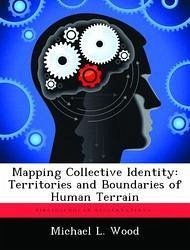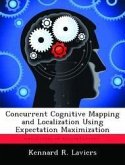External borders of countries and their internal boundaries regulate how people are governed and taxed, their rights and legal authority, and the freedoms they share within their daily lives. People often form relationships based on where they live and work, their shared history, religion, culture and self identification. This research provides a process to integrate these various spatial elements that define populations and map their identities over geographic areas. When conflict takes place within a country, it often takes place along fault lines between identities. This research introduces the theory of areas of collective identity and describes how geospatial analysis using remote sensing and information from the local population helps to identify these territories and boundaries of human terrain. This research provides a process to map identities within an operational environment as the military conducts humanitarian, reconstruction, and combat operations. This data can then be incorporated into command and control systems; and delineated on map products. These areas and their extents provide a more realistic view of the population, not necessarily defined along historical political-administrative boundaries, but along the territories and boundaries of human terrain.







